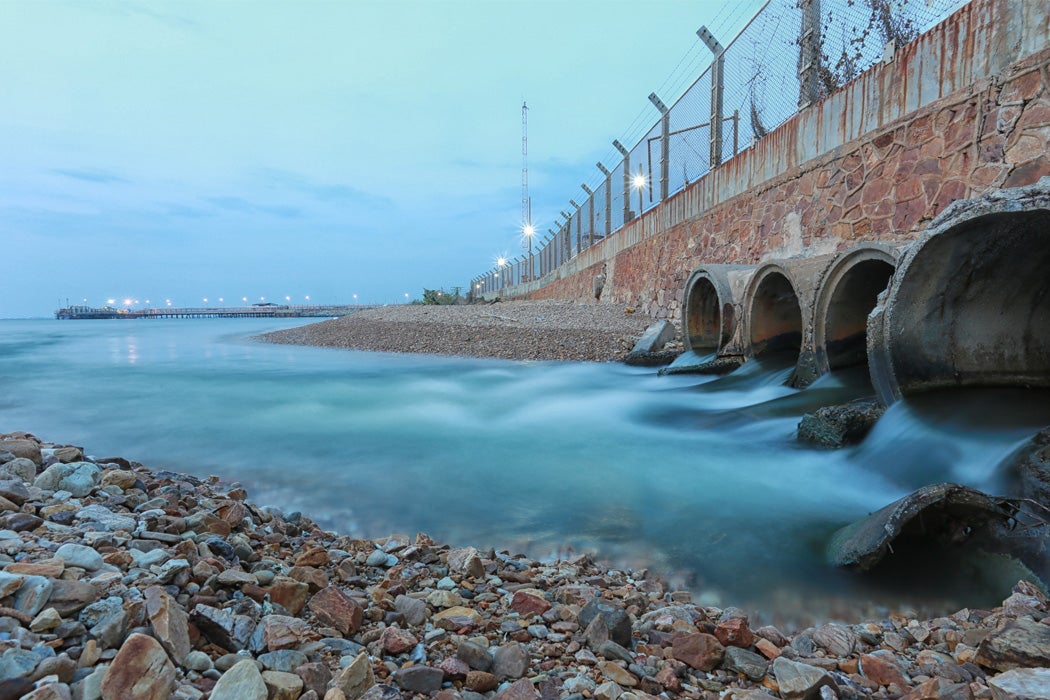The overuse of antibiotics is a well-known problem, one that risks undoing one of modern medical science’s greatest successes. In addition to the medical risks, it is now clear that our food is full of antibiotics as well. And as if our bodies and our food weren’t enough, studies are turning up high rates of antibiotic resistance in some populations of dolphins. Dolphins? How does a dolphin become resistant to antibiotics?
Writing in Philosophical Transactions: Biological Sciences, D. G. Joakim Larson notes that a portion of antibiotics enter the environment through human waste. Tests in sewage treatment discharges and other areas subject to sewage discharge often show low but consistent background levels of pharmaceutical products in the water. When the body metabolizes medicine, much of it gets used up, so only small amounts per person end up in the sewage. Concentrations can increase a little bit in areas where people have less access to water, leading to reduced dilution. And of course, the larger the number of people using the medicine, the greater the potential impact on local groundwater and surrounding aquatic life.
As antibiotics use has increased, manufacturing has also ramped up. While manufacturing sources are less widespread than human waste, the concentrations of pharmaceuticals discharged from them can be much higher. The discharge from one area in India where many drug manufacturers are located, for example, contained levels of the antibiotic ciprofloxacin that were much higher than the levels found in the blood of patients actively taking the medicine.
There is a lack of data about how pervasive the issue is, but the example from India is not an isolated case. High levels of various antibiotics have been found near factories across Asia, as well as in the U.S. and Europe. It is difficult to trace a particular effect to discharge from a particular source, but genes for antibiotic resistance have been found in bacteria from waters across the world. These chemicals are not always fully removed by sewage treatment, where it exists.
Weekly Newsletter
It’s unclear what the source of exposure was for the dolphins. The bottlenose dolphins live in or near Florida’s Indian River Lagoon, a highly impacted coastal area. But it is clear what can be done: Factory effluence can be reduced through better pollution controls and manufacturing processes. For human waste, the problem can sometimes be reduced by changing the delivery method of the medication, say from a patch to a pill, that can more efficiently deliver the medicine and produce less leftover. But that isn’t always possible, and factory discharge regulations are not always robust. The problem really needs to be solved—for everyone’s sake, including the dolphins’.







